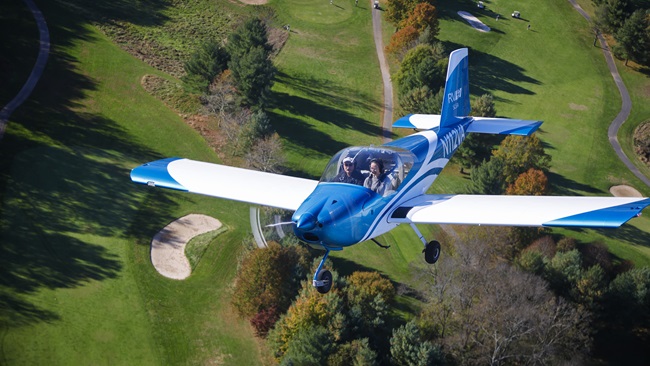Because civil and military rotorcraft markets often run counter-cyclical to one another, it makes for a more stable sales environment for helicopters, with military frequently compensating for any civil slack and vice versa, according to a new forecast.
The contrast between the value of business jets and civil rotorcraft in total general aviation deliveries in 2012 appears to be vast, with the former accounting for close to $18 billion of the $22 billion total value versus $3 billion for the latter, said Sparta, N.J.-based aviation analyst Brian Foley of Brian Foley Associates. Fixed-wing turboprops and pistons made up the remaining sliver, he added.
“This may lead some to conclude that helicopters are less significant than business jets in the overall scheme of things,” Foley observed. “That is, until they take the defense component of the rotorcraft market into consideration. By adding the value of military helicopters, a diversification that corporate jets by and large don’t have, the yearly delivery value of rotorcraft is comparable to business jets. From this perspective, helicopters are just as economically relevant.
“Signed military contracts tend to be long term and are unaffected by economic swings. They proved to be recession-proof during the downturn and helped keep the rotorcraft industry from collapsing like business jets,” Foley explained. “And now as military budgets are coming under pressure for future contracts, civil is recovering and will help to replace some of the lost defense sales.”
According to Foley, there is another unique advantage of the helicopter market. “With business jets there are really only two primary buyers; corporations and individuals. Civil rotorcraft share that same customer base, but with the added benefit of other buyer segments such as Emergency Medical Services (EMS), police, utility, Search and Rescue (SAR) and offshore oil-and-gas,” he said. “In the same fashion, the military market contains broad, multiple segments including scout/attack, naval warfare, squad transport, Combat Search and Rescue (CSAR), special operations and others. As a bonus to manufacturers, the same helicopter platform that’s used as a heavily armed scout for the Army can be cross-marketed to the civil side in EMS configuration.”
The industry is even able to self-heal on an intra-segment level, such as when the healthy civil offshore market recently compensated for a steep drop in civil corporate sales, said Foley. “This is a broad diversification luxury the business jet market lacks, as evidenced by a halving of deliveries during the downturn.”
All of these factors coupled together spell a bright future for rotorcraft makers. Over the next decade, Foley is forecasting some 24,000 deliveries comprised of around 12,000 civil turbines, 6,000 military turbines, and 6,000 piston-powered helicopters valued at roughly $250 billion—equivalent to business jets.
Foley said he based his rotorcraft forecast on meetings with the market research people from the helicopter industry and major system original equipment manufacturers (OEMs) to share views. “From these discussions, we are each able to formulate our own opinions and fine-tune our individual internal forecasts,” he said.
“For years the helicopter industry has had something of a wild west, maverick image. With numbers like these there’s no denying that they’re just as relevant as the business jet crowd, only better diversified which makes the space even more attractive,” Foley said.
At Heli-Expo 2013, March 4 through 7, Foley said he’s looking for evidence that the industry’s helicopter backlogs are meaningfully increasing. “I don’t think I’ll be disappointed.”

